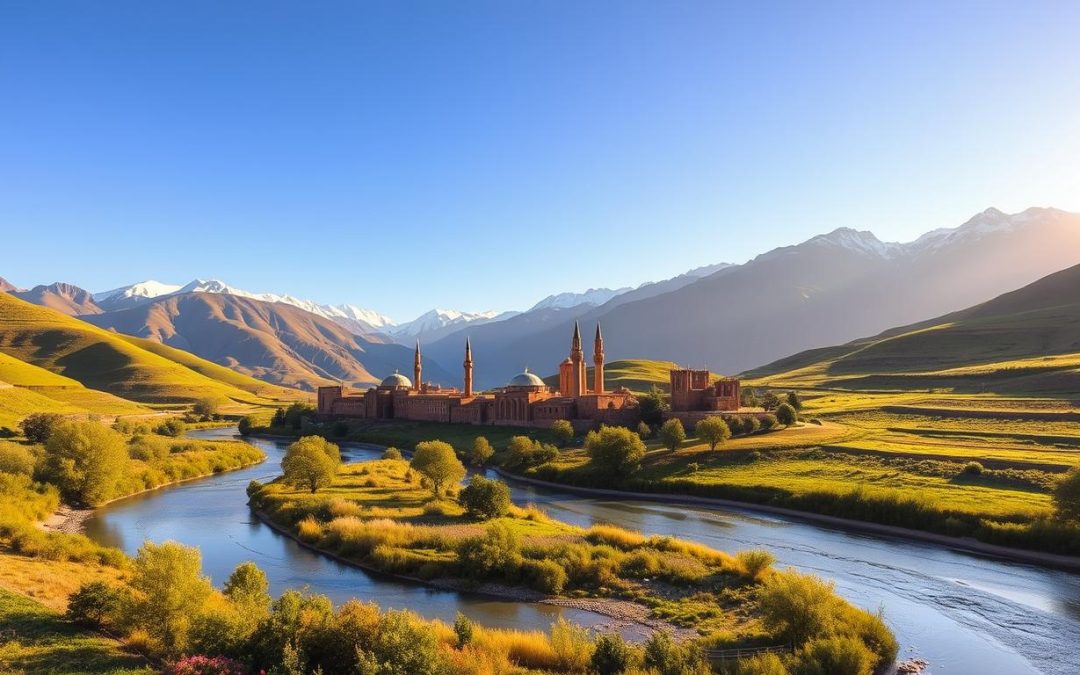Have you ever wondered how to plan a trip to a country with climates ranging from freezing winters to scorching summers? Iran’s vast landscape offers something for every traveler, but timing is everything. Whether you’re drawn to the bustling streets of Tehran or the ancient charm of Shiraz, understanding the weather can make or break your experience.
This guide will help you navigate the best time visit this fascinating country. From the blooming spring season to the snowy peaks of winter, each month brings unique opportunities. You’ll also discover cultural gems like the Nowruz festival, celebrated at the start of spring, and the serene beauty of the Caspian Sea region during summer.
By the end of this article, you’ll have a clear idea of when to pack your bags for an unforgettable journey. Let’s dive into the weather patterns and seasonal highlights that make Iran a year-round destination.
Key Takeaways
- Iran’s weather varies greatly, from cold winters to hot summers.
- Spring and autumn are ideal for mild temperatures and cultural events.
- Winter offers unique experiences like skiing and fewer crowds.
- Summer is perfect for coastal areas with cooler climates.
- Plan your trip around festivals like Nowruz for a richer experience.
Diverse Climate Zones in Iran
From snowy peaks to sun-soaked deserts, this destination offers it all. The country’s vast landscape includes arid deserts, towering mountains, and lush coastal regions. Each area has its own unique climate, making it essential to plan your trip around the weather patterns of your chosen region.
For example, while Tehran enjoys a mild urban climate, nearby mountains often experience snowfall. Similarly, the southern coastal areas near the Persian Gulf are hot and humid, while the Caspian Sea region offers cooler, more temperate conditions. Understanding these differences ensures a smoother travel experience.
Variable Weather Conditions Across Regions
Weather in this country can change dramatically from one region to another. In the northwest, winters are freezing, while the south stays warm year-round. Altitude plays a significant role too. Higher areas like the Alborz Mountains are cooler, even in summer.
“The diversity of climates means there’s always a perfect time to visit, no matter your preferences.”
Understanding Local Climate Patterns
Proximity to seas also influences the weather. The Caspian Sea brings moisture to the north, creating lush landscapes. Meanwhile, the Persian Gulf contributes to the hot, dry conditions in the south. Knowing these patterns helps you pack appropriately and plan activities.
| Region | Climate | Best Time to Visit |
|---|---|---|
| Tehran | Mild, Urban | Spring, Autumn |
| Alborz Mountains | Cool, Snowy | Winter |
| Persian Gulf Coast | Hot, Humid | Winter |
| Caspian Sea | Temperate, Lush | Summer |
By considering these regional differences, you can tailor your itinerary to match your preferred season and temperature. Whether you’re exploring a bustling city or hiking in the mountains, understanding the climate ensures a memorable experience.
When to Time Your Visit: Understanding Iran’s Seasons
Understanding the seasonal shifts helps you choose the perfect time to explore. This country’s four distinct seasons each bring unique opportunities and challenges for travelers. Whether you’re seeking mild weather or unique experiences, timing your visit can make all the difference.
Spring (March to May) is often considered the best time to visit. Temperatures range from 50°F to 75°F, making it ideal for outdoor activities. This season also coincides with Nowruz, the Persian New Year, offering a chance to experience vibrant cultural celebrations.
Autumn (September to November) is another great option. The weather is mild, with temperatures between 55°F and 80°F. It’s perfect for exploring cities like Tehran and Shiraz without the summer heat.
Winter (December to February) can be challenging due to subfreezing temperatures in some regions. However, it’s the best time for skiing in the Alborz Mountains. Coastal areas like the Caspian Sea remain cooler but avoid extreme cold.
Summer (June to August) brings intense heat, especially in desert areas. Temperatures can soar above 100°F. To escape the heat, head to mountainous regions or coastal destinations like the Caspian Sea, where the climate is more temperate.
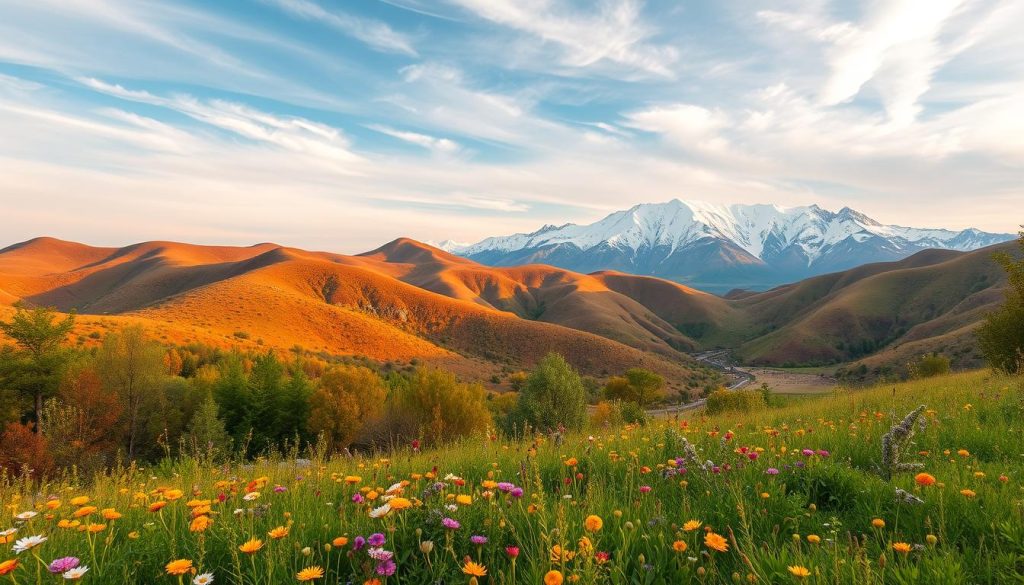
| Season | Temperature Range | Highlights |
|---|---|---|
| Spring | 50°F – 75°F | Mild weather, Nowruz festival |
| Summer | 70°F – 100°F+ | Coastal retreats, mountain escapes |
| Autumn | 55°F – 80°F | Mild weather, fewer crowds |
| Winter | 20°F – 50°F | Skiing, fewer tourists |
By understanding these seasonal variations, you can tailor your trip to match your preferences. Whether you’re a fan of cultural festivals or outdoor adventures, there’s a perfect time for every traveler.
Iran: Best Months for a Weather-Savvy Trip
Choosing the right time to explore this diverse country can enhance your travel experience significantly. Whether you’re drawn to the vibrant blooms of spring or the crisp air of autumn, timing your visit ensures you make the most of your trip.
Spring Insights: March to May
Spring is a magical time to visit, with temperatures ranging from 50°F to 75°F. The countryside comes alive with colorful flowers, and cities like Tehran and Shiraz are at their most picturesque. This season also coincides with Nowruz, the Persian New Year, offering a unique cultural experience.
During Nowruz, you’ll witness traditional customs, festive markets, and family gatherings. It’s a great opportunity to immerse yourself in local traditions. However, this is a popular time for travel, so book your accommodation and tours in advance.
Fall Benefits: September to November
Autumn brings cooler temperatures, ranging from 55°F to 80°F, making it ideal for exploring. The crowds thin out compared to spring, allowing for a more relaxed experience. Cities like Esfahan and Yazd are particularly charming during this time.
Fall is perfect for outdoor activities like hiking or strolling through historic sites. The weather is comfortable, and you’ll avoid the extreme heat of summer or the cold of winter. It’s also a great time to find better deals on travel and accommodation.
Both spring and fall offer unique advantages, from pleasant weather to cultural events. By planning your trip during these seasons, you’ll enjoy a memorable and hassle-free experience.
Navigating the Low Season: Winter Challenges and Benefits
Winter in this country offers a mix of challenges and unique opportunities for travelers. While the cold weather and shorter days might deter some, others find this season perfect for adventure and cultural immersion.
Subfreezing Temperatures and Air Quality Concerns
During winter, temperatures can drop below freezing, especially in northern regions. Cities like Tehran often experience subfreezing conditions, making outdoor sightseeing more challenging. Snowfall can also limit access to certain areas.
Air quality is another concern in major cities. Winter inversions can trap pollutants, leading to poor air conditions. If you’re sensitive to air quality, plan your travel accordingly or consider wearing a mask during your trip.
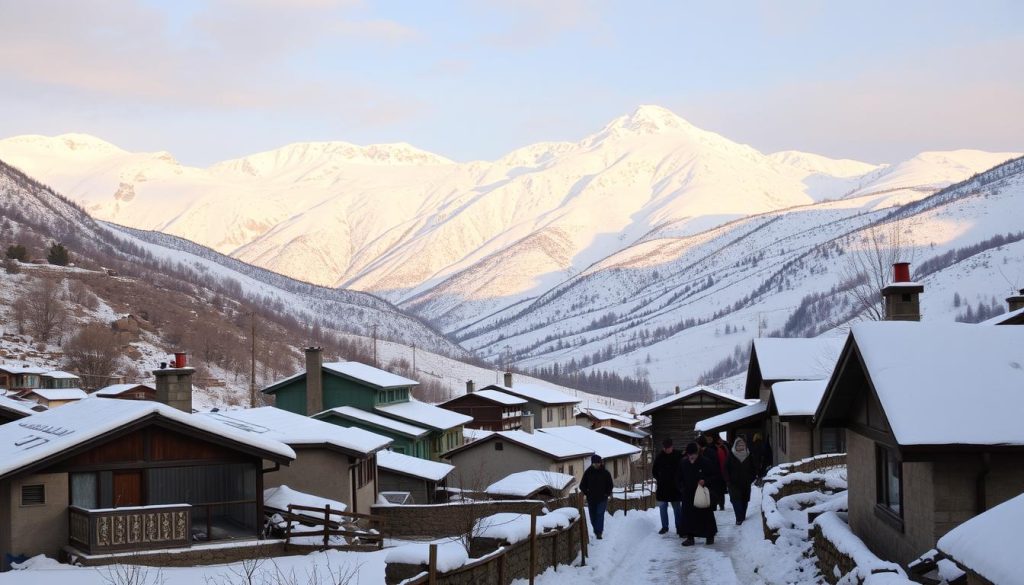
Skiing Opportunities in the Alborz Mountains
One of the highlights of winter is the chance to hit the slopes. The Alborz Mountains are home to world-class ski resorts like Dizin. With reliable snowfall and modern facilities, it’s a haven for winter sports enthusiasts.
Here are some benefits of visiting during this season:
- Fewer crowds at popular destinations.
- Lower prices on accommodation and tours.
- Unique cultural events like Yaldā (Shab-e Chelleh).
If you don’t mind the cold, winter can be a rewarding time to explore. From skiing to cultural celebrations, there’s plenty to enjoy during this low season.
Experiencing Nowruz and Persian Festivals
Immerse yourself in the vibrant traditions of Nowruz, a celebration that marks the beginning of spring in this culturally rich country. This festival, deeply rooted in Persian heritage, offers a unique opportunity to experience local customs and connect with the community.
Cultural Celebrations and Unique Traditions
Nowruz, celebrated on March 20th, is more than just a New Year’s event. It’s a time for renewal, family gatherings, and vibrant festivities. Homes are cleaned from top to bottom, symbolizing a fresh start. Families shop for new clothes and prepare traditional dishes like sabzi polo (herb rice) and mahī (fish).
One of the highlights is the Haft-Seen table, adorned with seven symbolic items starting with the letter “S.” These include sabzeh (sprouts), samanu (sweet pudding), and sīr (garlic). Each item represents hope, health, and prosperity for the coming year.
Poetry readings, especially from the works of Hafez, are a cherished tradition. Families gather to read verses that offer guidance and inspiration. Seasonal foods like pomegranates and watermelons are also enjoyed, adding to the festive atmosphere.
Practical Tips for Travelers
If you plan to visit during Nowruz, be prepared for bustling celebrations. Here are some tips to make the most of your experience:
- Book accommodation and tours in advance, as this is a peak travel season.
- Embrace the local culture by participating in festivities and trying traditional foods.
- Be mindful of crowded spaces, especially in popular destinations like Tehran and Shiraz.
| Activity | Description |
|---|---|
| Haft-Seen Table | Setting up seven symbolic items for prosperity. |
| Poetry Readings | Sharing verses from Hafez for inspiration. |
| Family Gatherings | Enjoying meals and celebrating together. |
| Traditional Foods | Preparing dishes like sabzi polo and mahī. |
Nowruz is a time of joy and connection, offering travelers a chance to experience authentic Persian customs. Whether you’re exploring bustling cities or quiet villages, this festival will leave you with unforgettable memories.
Exploring Iran with Minimal Crowds
Traveling during off-peak times can transform your experience in this diverse country. By avoiding peak seasons, you’ll enjoy quieter attractions, lower prices, and a more relaxed pace. This approach allows you to immerse yourself in local customs without the hustle and bustle of large crowds.
Visiting during the low season has several advantages. Popular destinations like Tehran and Esfahan are more accessible, and you’ll have more time to explore at your own pace. Additionally, travel costs, including accommodation and tours, are often significantly lower.
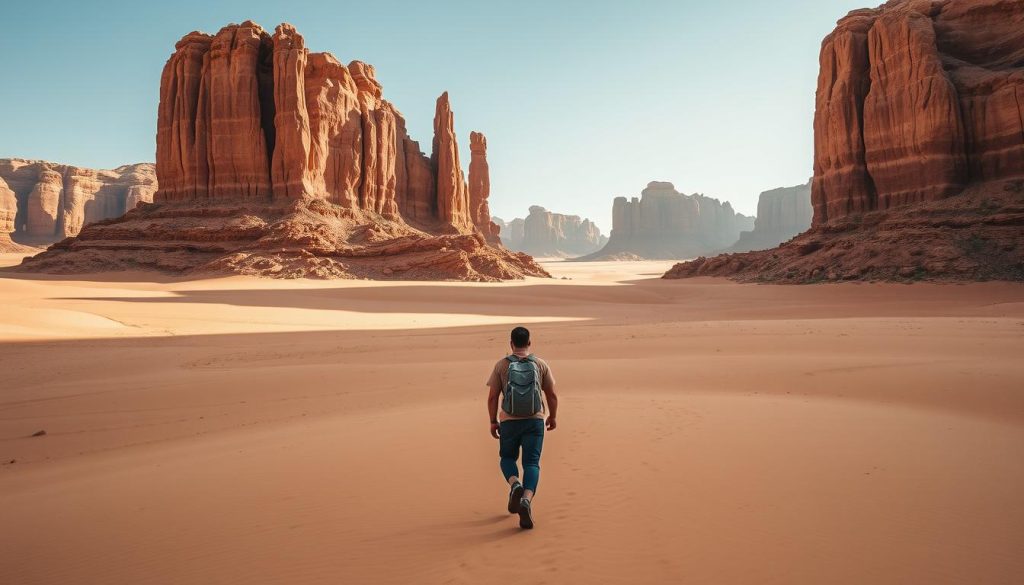
- Fewer crowds at major tourist sites.
- More opportunities for personal interactions with locals.
- Better deals on accommodation and tours.
- A relaxed pace for a deeper experience.
Ideal months for minimal crowds include November and March. During these times, domestic travel declines, and popular landmarks are more accessible. For example, Tehran’s museums and Esfahan’s historic sites are far less crowded, allowing you to explore without rushing.
| Destination | Best Off-Peak Months | Highlights |
|---|---|---|
| Tehran | November, March | Museums, parks, and cultural sites |
| Esfahan | November, March | Historic bridges and mosques |
| Yazd | November, March | Ancient architecture and desert landscapes |
Planning your trip during these quieter periods ensures a more enjoyable and affordable experience. Whether you’re exploring bustling cities or serene regions, off-peak travel offers a unique way to connect with the country’s rich culture and history.
Planning Your Itinerary: City and Regional Highlights
Planning your itinerary for this diverse country requires balancing vibrant urban centers with serene historical gems. Whether you’re drawn to the modern energy of Tehran or the timeless charm of Esfahan, each destination offers a unique experience.
Tehran and Its Iconic Attractions
Start your journey in Tehran, a city that blends modernity with history. Visit the Azadi Tower, a symbol of the country’s rich heritage. The National Museum offers a deep dive into Persian history, while the Tehran Tower provides panoramic views of the bustling city.
For a more relaxed pace, explore the lush parks and vibrant bazaars. These spots are perfect for soaking in the local culture and enjoying authentic cuisine. Plan your travel in advance to make the most of your time in this dynamic destination.
Historical Gems: Esfahan, Shiraz, and Beyond
Next, head to Esfahan, known for its stunning UNESCO World Heritage Sites. The Imam Square and Sheikh Lotfollah Mosque are must-see landmarks. These sites showcase the intricate artistry and architectural brilliance of Persian culture.
In Shiraz, explore the Nasir al-Mulk Mosque and the Persepolis ruins. These locations offer a glimpse into the country’s ancient past. Allocate at least two days in each city to fully appreciate their historical significance.
“Exploring these cities is like stepping back in time, where every corner tells a story.”
| Destination | Key Attractions | Recommended Time |
|---|---|---|
| Tehran | Azadi Tower, National Museum | 2-3 days |
| Esfahan | Imam Square, Sheikh Lotfollah Mosque | 2 days |
| Shiraz | Nasir al-Mulk Mosque, Persepolis | 2 days |
To enhance your trip, consider booking local tours in advance. These guided experiences provide deeper insights into each destination. Balancing structured itineraries with spontaneous exploration ensures a memorable experience.
Travel Tips for Weather-Savvy Trips
Adapting to varying weather conditions can make your journey smoother. This country’s diverse climates mean you’ll need to prepare for everything from chilly mountain air to desert heat. Here’s how to stay comfortable and make the most of your travel experience.
How to Prepare for Regional Temperature Variations
Packing layers is essential. In cities like Tehran, temperatures can fluctuate significantly between day and night. A lightweight jacket or sweater can be a lifesaver. For desert areas, breathable fabrics like cotton are ideal to keep cool.
Always check local weather forecasts before heading out. Sudden changes are common, especially in mountainous regions. Apps or websites can provide real-time updates, helping you plan your day effectively.
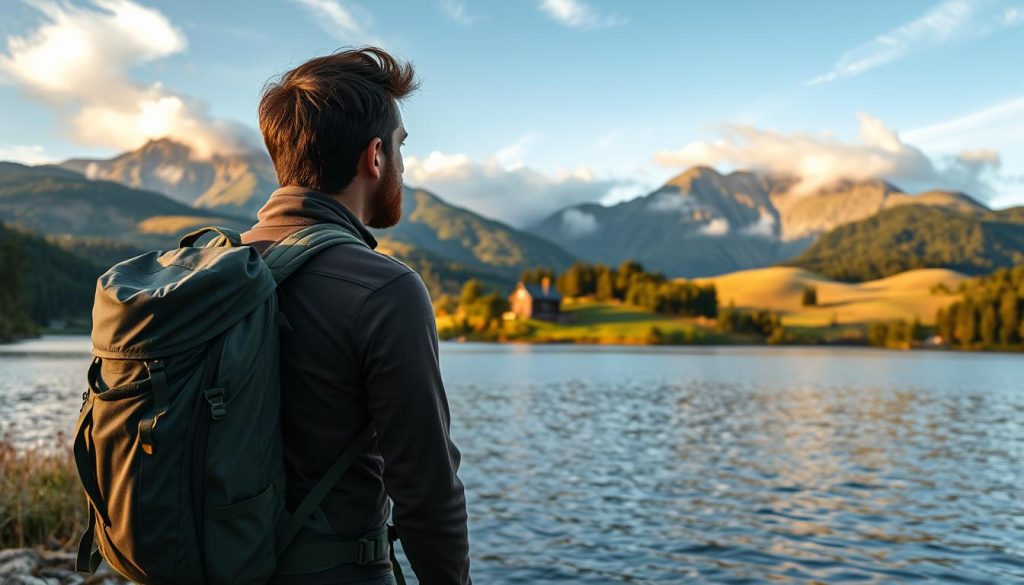
Air quality can be a concern in urban areas during certain seasons. If you’re sensitive to pollution, consider wearing a mask or planning outdoor activities for early mornings when the air is cleaner.
Don’t forget essentials like sunscreen and rain gear. Coastal areas near the Persian Gulf can be humid, while the Caspian Sea region might surprise you with unexpected showers. Being prepared ensures you stay comfortable no matter the weather.
- Pack layers for varying temperatures.
- Check local forecasts for sudden changes.
- Carry sunscreen and rain gear for different regions.
- Consult local guides for up-to-date advice.
Flexibility is key. If the weather doesn’t cooperate, have a backup plan. Indoor attractions like museums or bazaars can be just as rewarding. Staying adaptable ensures a stress-free trip.
| Region | Essential Items | Tips |
|---|---|---|
| Tehran | Light jacket, sunscreen | Check air quality forecasts |
| Desert Areas | Breathable fabrics, hat | Stay hydrated |
| Caspian Sea | Rain gear, umbrella | Plan for sudden showers |
By following these tips, you’ll be ready to handle any weather challenges. Whether you’re exploring bustling cities or serene landscapes, preparation ensures a memorable experience.
Timing Your Trip for the Best Prices and Experiences
Timing your visit can significantly impact both your budget and overall experience. Whether you’re planning a cultural exploration or an outdoor adventure, understanding seasonal trends helps you make informed decisions. This section breaks down the advantages of traveling during different times of the year.
High Season vs. Low Season Value
Traveling during the high season (March to May and September to November) offers vibrant cultural events and ideal weather. However, it also means higher prices and crowded attractions. For example, flights and accommodations can cost 30-50% more during these months.
On the other hand, the low season (December to February) provides unique opportunities. Skiing in the Alborz Mountains or exploring cities like Tehran with fewer tourists can be rewarding. Prices for flights and hotels drop by up to 40%, making it a budget-friendly option.
| Aspect | High Season | Low Season |
|---|---|---|
| Cost | 30-50% higher | Up to 40% lower |
| Crowds | Busy attractions | Fewer tourists |
| Weather | Mild and pleasant | Cold in some regions |
Booking Tips for Maximum Savings
If you plan to travel during the high season, book your flights and accommodations well in advance. Early bookings can save you up to 20-30% compared to last-minute arrangements. For the low season, keep an eye out for last-minute deals, which can offer discounts of up to 50%.
Here are some additional tips:
- Use price alerts to track fluctuations in flight and hotel costs.
- Consider travel packages, which often include discounts on tours and activities.
- Be flexible with your dates to take advantage of lower prices.
Balancing cost and experience is key. Whether you choose the bustling energy of high season or the quiet charm of low season, planning ahead ensures a memorable trip.
Conclusion
Planning a journey to a land of diverse climates and rich traditions requires careful timing. From the mild spring blooms to the snowy winter peaks, each season offers unique experiences. Whether you’re drawn to vibrant festivals like Nowruz or the serene beauty of coastal areas, understanding the weather ensures a memorable trip.
Consider your preferences when choosing the right time to visit. Spring and fall are ideal for pleasant temperatures and fewer crowds. Winter provides opportunities for skiing and budget-friendly travel, while summer is perfect for coastal escapes.
Use these insights to craft your ideal itinerary. Explore bustling cities like Tehran or historic gems like Shiraz. Book your tour in advance to secure the best deals and make the most of your experience.
Ready to embark on your adventure? Start planning today and discover the wonders of this fascinating destination.
The above is subject to change.
Check back often to TRAVEL.COM for the latest travel tips and deals.
